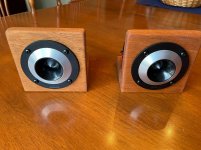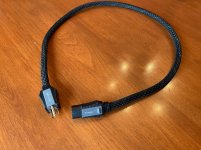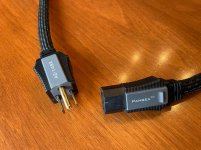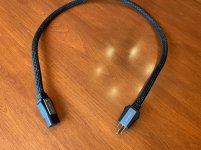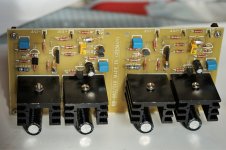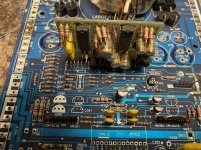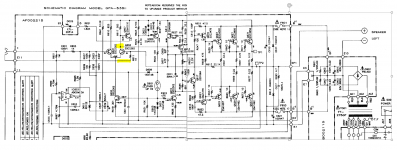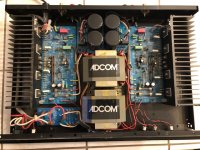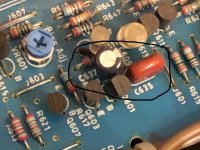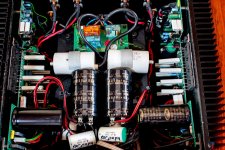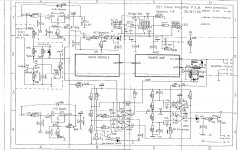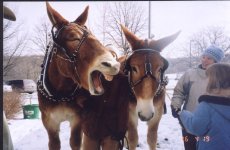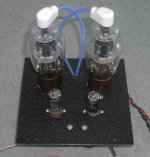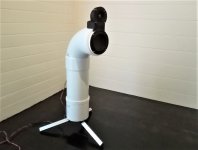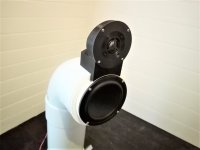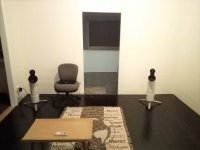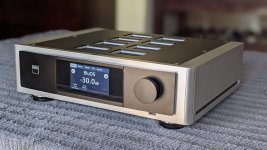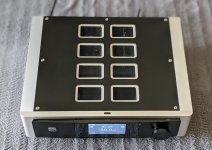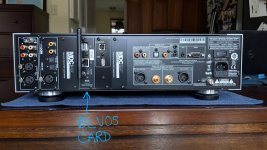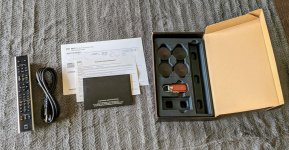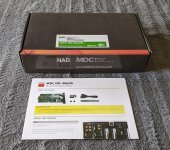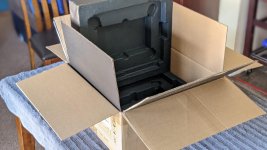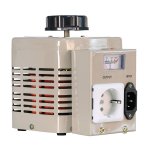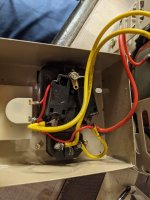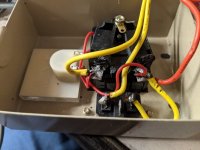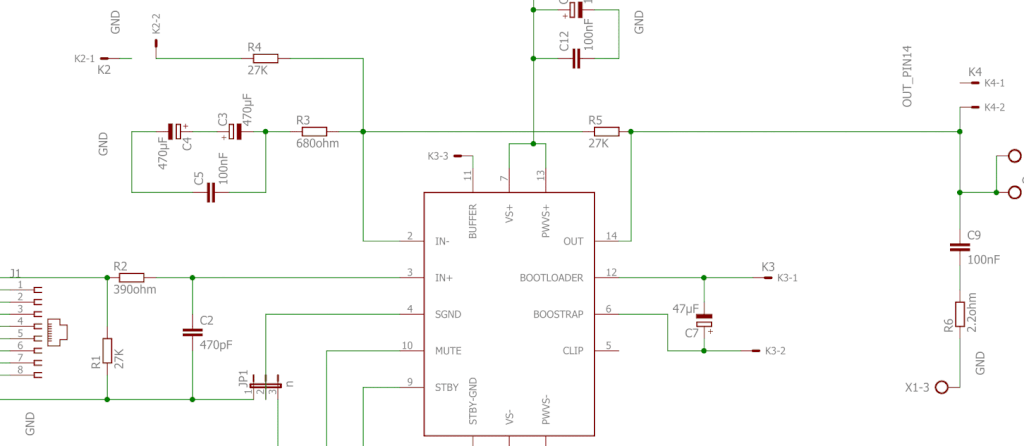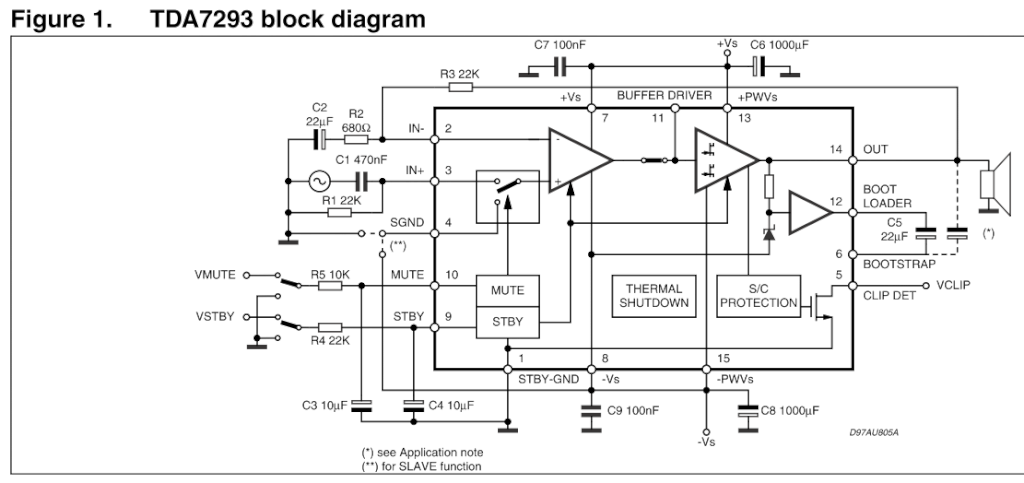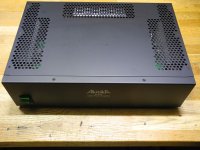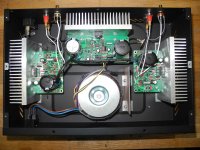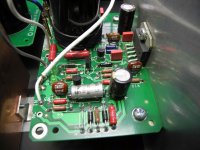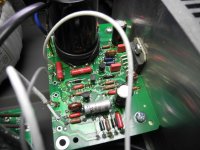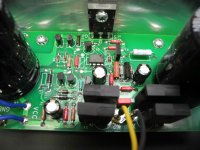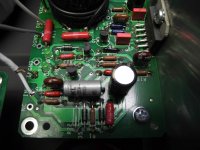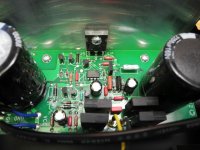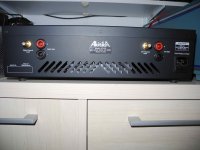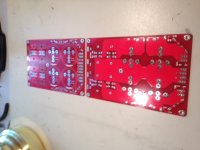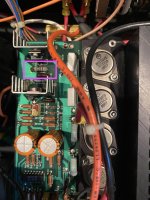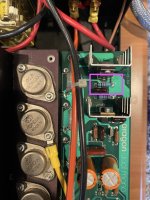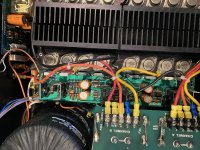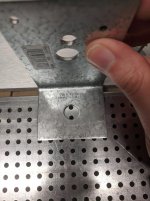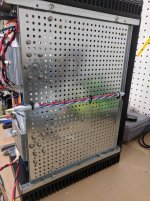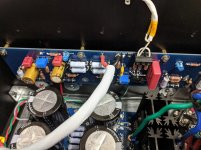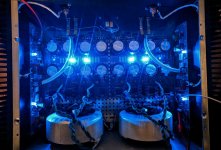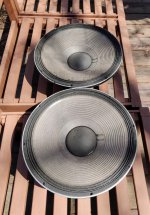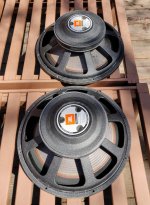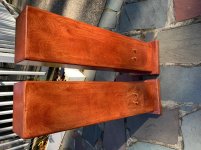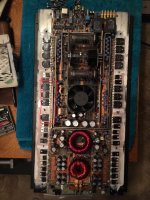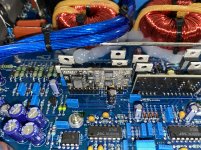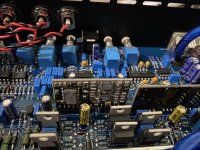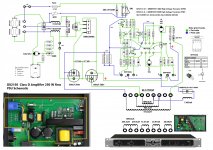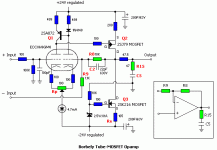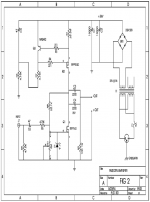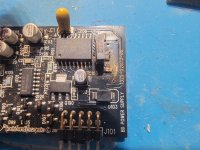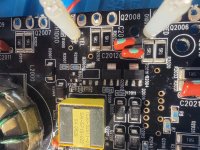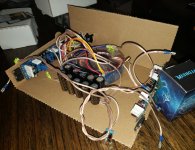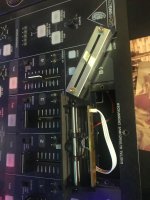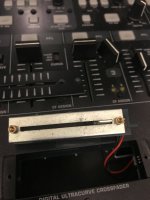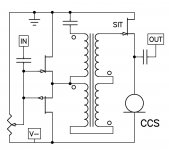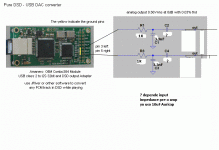Corssfader Replacement Problem (Behringer DDM4000 mixer and the Infinium X1 Fader)
(SOLUTION ADDED AT THE END OF THE THREAD) 11/04/21
Hi , im very , very new to electronics and modding, in fact so new that this would be my 1st attempt. And as you would expect i have fallen at the 1st hurdle whilst trying to install a very Common Fader the Infinium X1 into the Ever more common Berhinger DDM4000 mixer.
Before i purchased this fader i read up on how to install it and i was under the impression that all i needed to do was pop off my old fader from the motherboard of the mixer and pop in its place the New fader.
They new fader is a compatible 3 pin fader, and should in theory have no problems fitting into the Mixer.
However, when i took the top off my mixer i was shocked to find that the original fader was not plugged in at all and was hard Solderd to the mother board, and so there was no way of removing the fader from the mother board (so i at 1st thought)
Next to the hard solderd 3pin was an actual 3pin plug that would indeed fit the new fader. so i looked into weather or not this was where i was supposed to put my new fader.
After looking at the instructions provided with the New fader it did indeed look as if i could do this. However i then realised that the original fader would still be attatched and therfore how could this be so...
I decided to take the old fader of its cable leaving the cable attached to the motherboard and i then simply plugged in my new fader to the side sitting 3pin female and tested the fader. Which unfortuantly did not work... it did make some chance and as i slid the fader side to side i would get a stuttering effect like (on off on off on off - across the whole fade) rather than a simple fade in and out accross the range of the fader.
So i presumed that either the fader was knackerd (BRAND NEW) or i was missing something.
Eitherway. plugging the new fader into the secondery female 3 pin did not work. So i thought about my options... Maybe i could hard wire the New fader onto the remaining wires from the old fader and all being well this would work nice.
I decided rather than connecting and soldering the ribbon of the new fader and the old faders ribbon together than i would use the old faders 3pin female plug and connect the 2 ribbonss together with the 3pin female as a conduit connector.
this worked out great and the 2 ribbons connected nice (see pics)
Perfect i thought, this has got to work. So again i tested the fader, only to recieve the same results as before. A stutter effects as the fader slid from side to side.
Looking at the new fader it has a bioard that slides with the fade and on that board it has black and clear squares for the optic to use and so the stuttering was being triggerd by these black and clear squares... onbiously when the optic sees a black square it tunes the on, and when its clear it turns off .
But thats not at all what i want a fader to do, so there is definatly sumthing not right here. The fader is 100% compatible and should work fine. But for whatever reason it is not doing.
Ok so detailed explination over. My questions are as follows.
1. Has anybody here ever competed this Fader replacement and if so how did you go about it.
2. should i even be concidering hard wireing the new fader to the motherboard if this fader is not working as it should when tested.
2a, if the fader is actually fine , what the hell is going wrong then, Do you think.
3. what other options do i have left here.
4. does anybody know where i can get the origonal fader replacement for the Behringer DDM4000
If all else fails im going to take it to my Local DJ store and get them to fix it up for me, But this could cost me a fair price and if you guys can help me out here you would save me a small fortune.
Anybody advise Please. Thanks in advanced. i will attach images with a bit of luck. IMAGES with Detailing
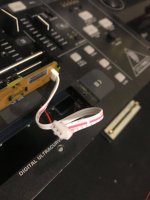
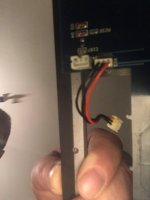
Old fader 3pin male ribbon with a female 3pin reciever at its side
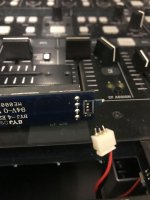
Adding the Old Faders Female Reciver to the original ribbon (to receiv the new faders ribbon)
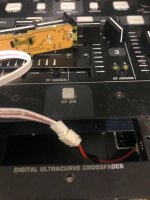
The end result being the New fader connected to the Old Faders Ribbon that connects to the motherboard of the mixer (i would of thought this would of been the solution but no)
